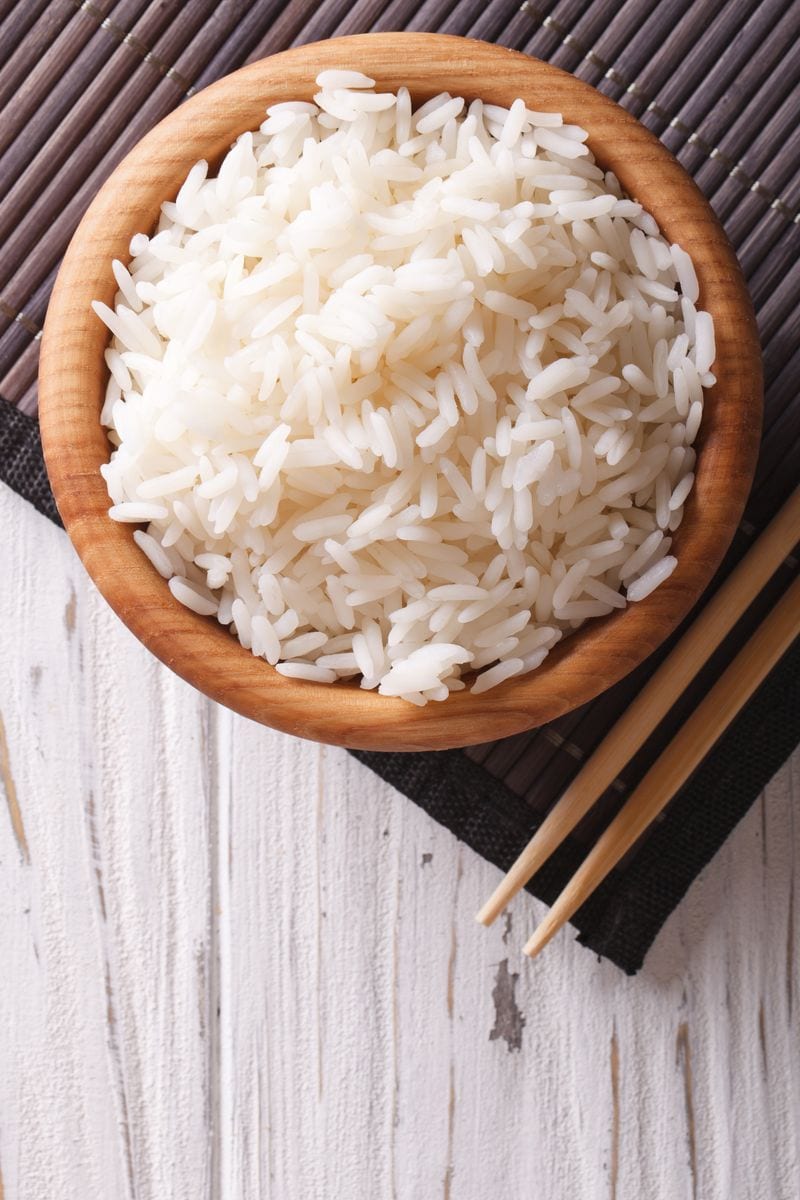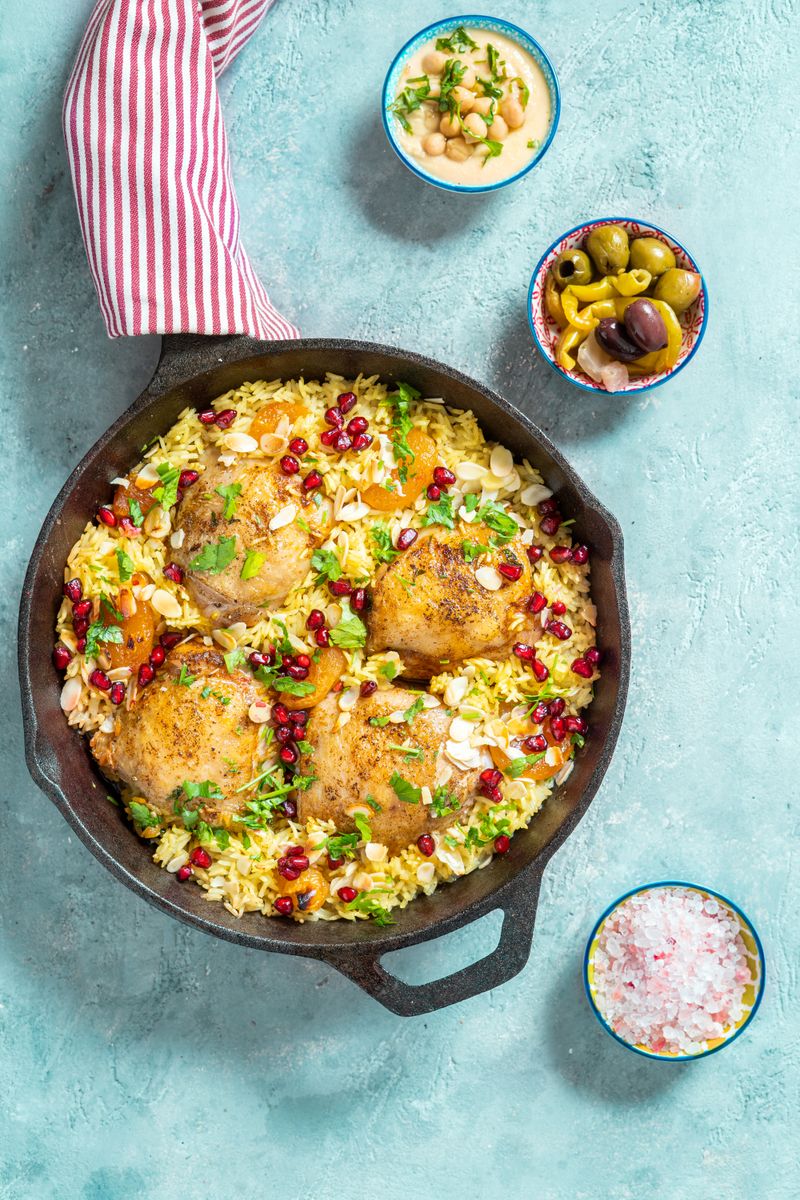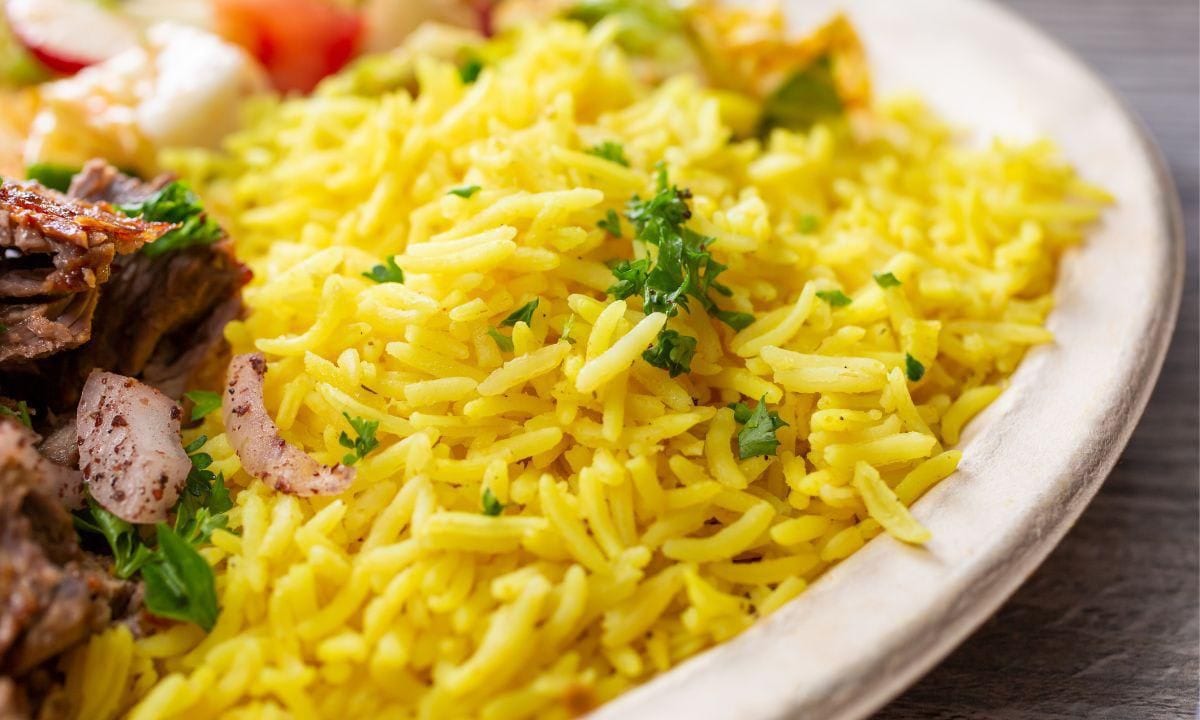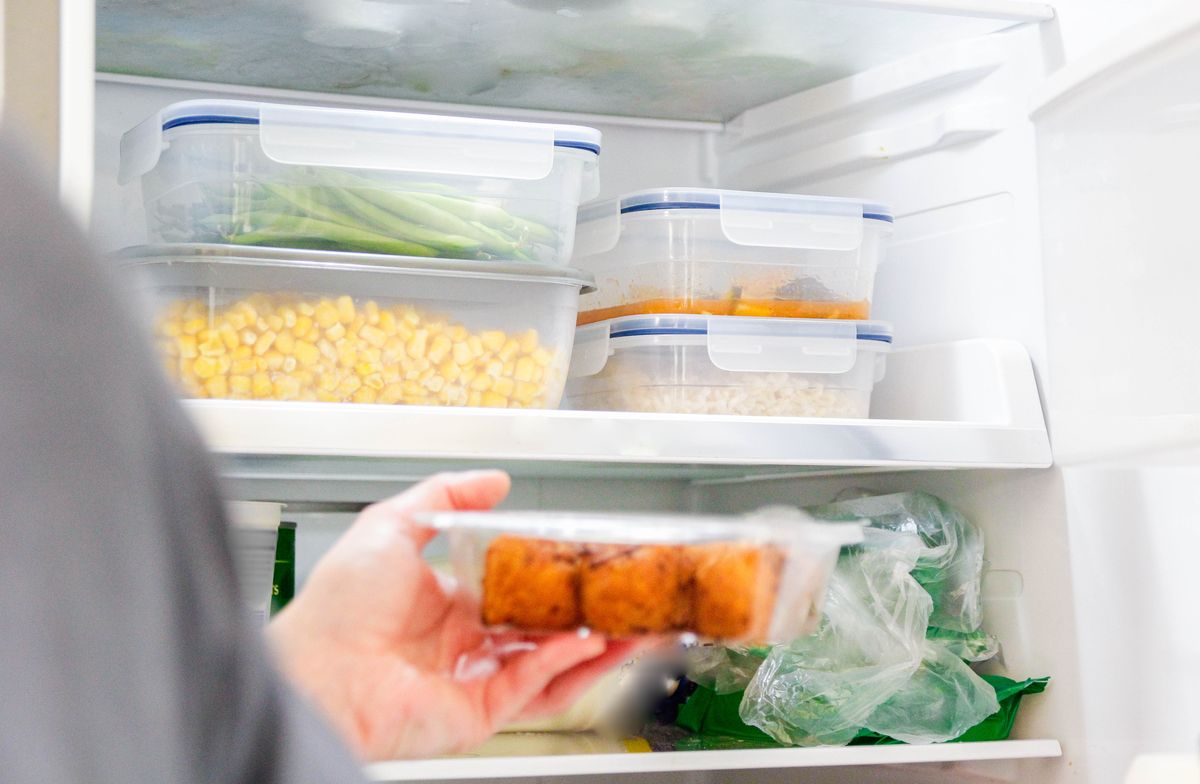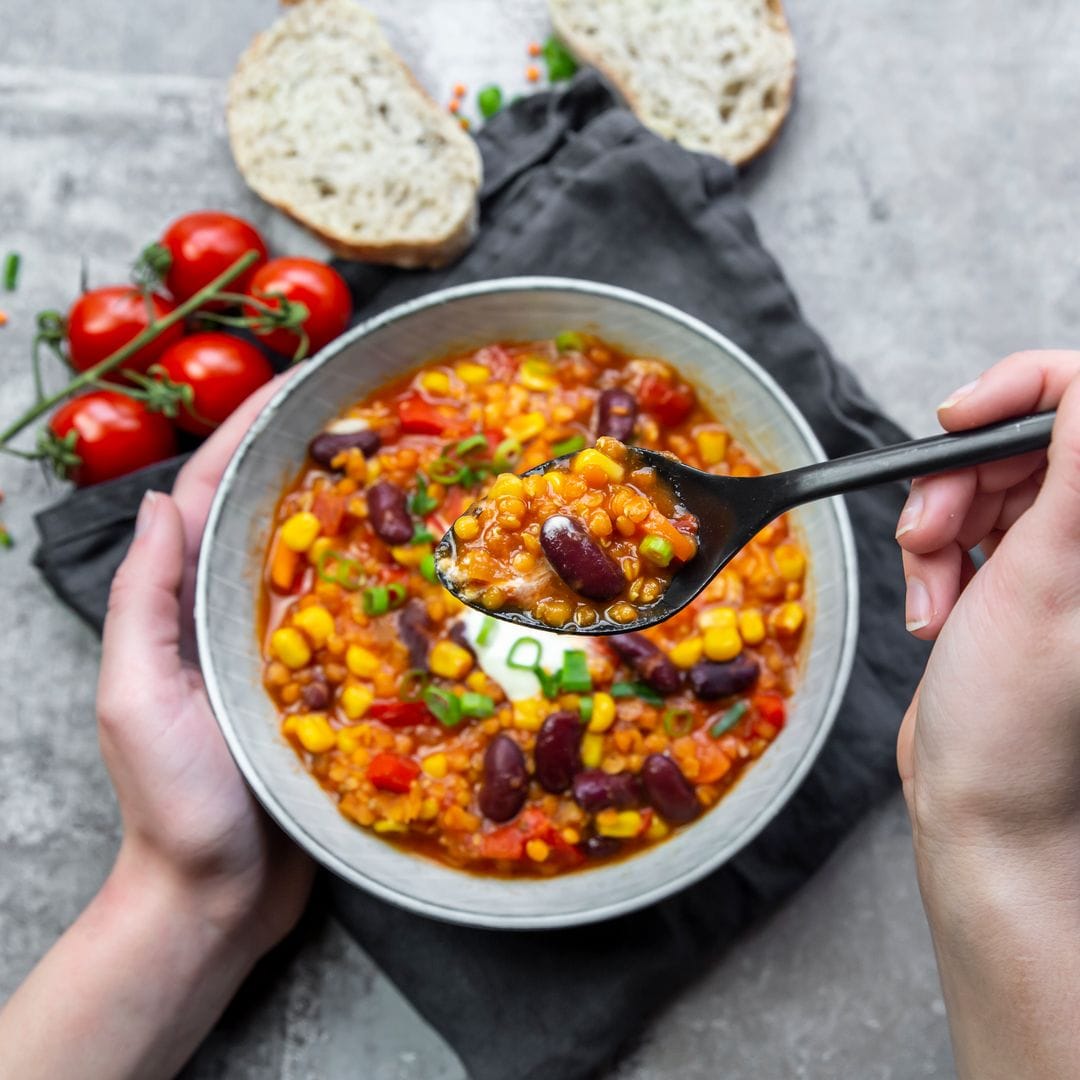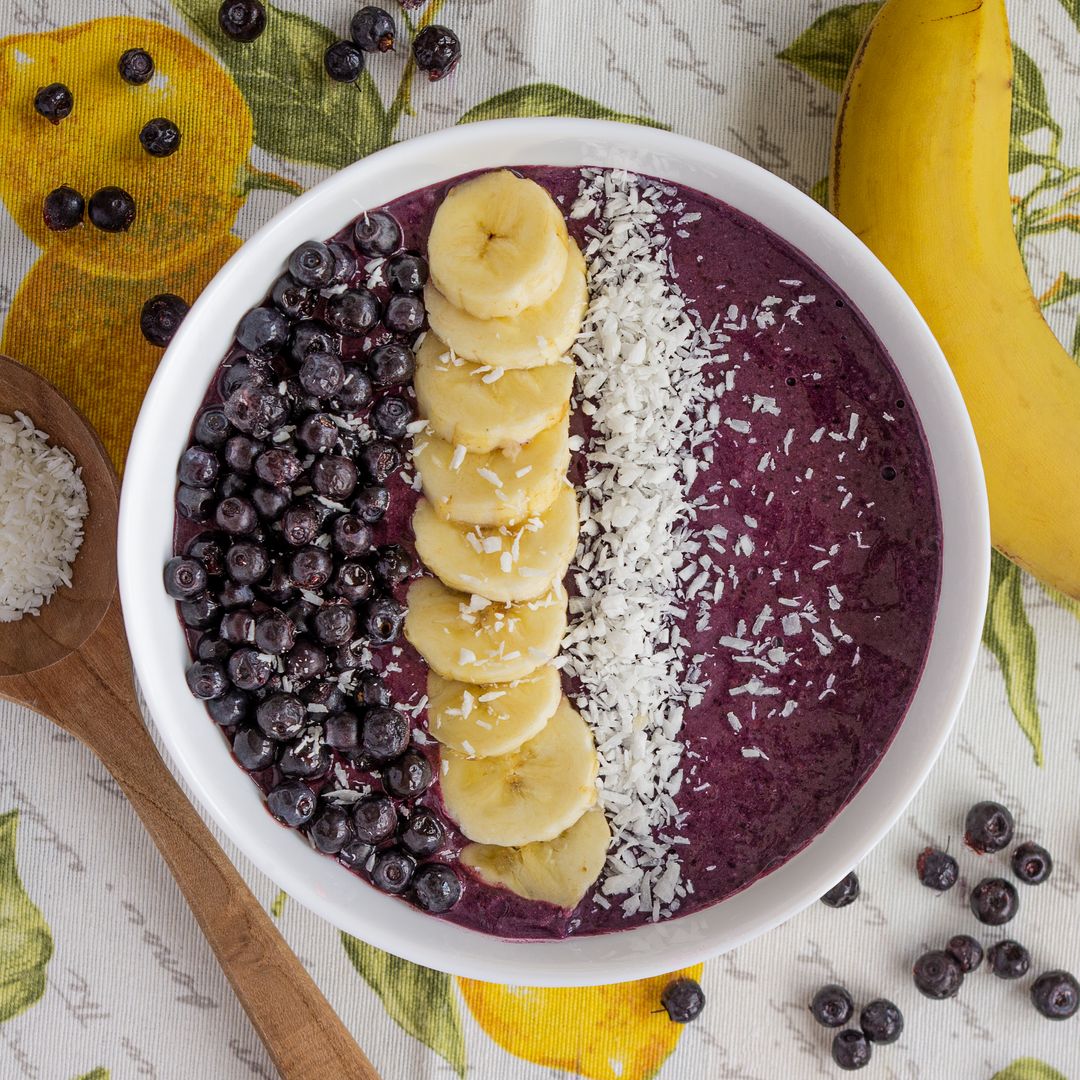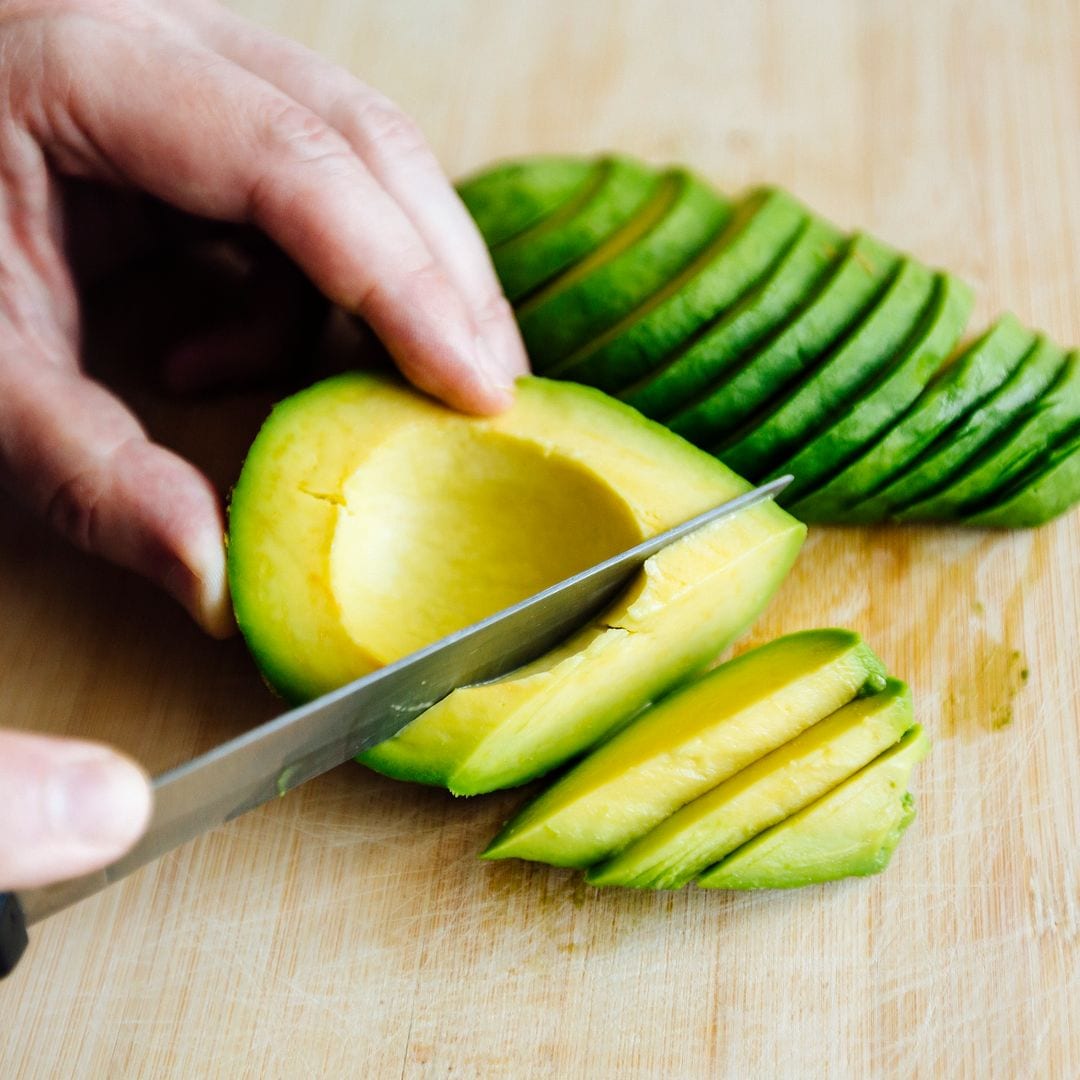We’ve all been there: You cook way too much rice, pop it in the fridge, and plan to eat it later. But wait, could that innocent bowl of leftovers actually make you sick? According to food safety experts, the answer is yes—if you’re not storing and reheating it properly.
Before you start panic-tossing your takeout fried rice, let’s break down what you need to know about keeping leftover rice safe to eat.
Why Is Leftover Rice Risky?
Unlike some leftovers that just get a little stale over time, rice has a sneaky food safety risk: Bacillus cereus. This bacteria is naturally present in uncooked rice and can survive the cooking process. If rice sits too long in the danger zone (between 40°F and 140°F), the bacteria can multiply and cause food poisoning.
Dr. Daniel Atkinson, clinical lead at Treated.com, explains: “Although it’s often perfectly safe to eat rice once it’s been cooked and cooled properly, it’s important to know why it can be risky and what you can do to avoid becoming ill after eating it. The harmful bacteria found in rice that causes food poisoning is known as Bacillus cereus. It can survive the cooking process and then germinate and multiply when rice is left in the danger zone.”
And here’s the kicker: reheating doesn’t permanently destroy those toxins. That means you might still be in for an unpleasant surprise even if you nuke your rice until it’s steaming hot. Bacillus cereus food poisoning symptoms include nausea, vomiting, and diarrhea, usually occurring within a few hours of eating contaminated rice. While most cases resolve on their own in 24 hours, the dehydration it causes can lead to headaches, dizziness, and general misery.
How to Store Leftover Rice Safely
According to Dr. Atkinson, the best way to avoid rice-related regret is to store it properly as soon as possible:
- Cool it quickly. “The safest way to handle cooked rice and avoid harm is by refrigerating it as soon as it’s cooled. This is usually within two hours.” Don’t leave cooked rice sitting out longer than that (or one hour if it’s hot outside). Spread it on a baking sheet or place it in a shallow container to help it cool faster before refrigerating.
- Refrigerate promptly. Store your rice in an airtight container. “Advice about how long to keep it in your fridge before you eat it again can vary, but you should avoid leaving it for any longer than two days, and ideally eat it within a day,” Dr. Atkinson says.
- Reheat with care. Make sure your rice is piping hot all the way through—165°F is the magic number.
Jason Reese, food safety attorney at Wagner Reese, advises: “Reheating it to a safe temperature is imperative to avoid any foodborne illnesses. The key is to check that it has an internal temperature of 165°F, which can be done using a food thermometer, as well as ensuring that the entire portion has been thoroughly heated through and through.” If microwaving, stir it to avoid cold spots where bacteria can survive.
The “Fried Rice Syndrome” Problem
Rice-based dishes, especially fried rice, are extra risky. Why? Fried rice is usually made from pre-cooked rice that’s been cooled and stored—meaning it has more opportunities for bacteria to grow. Jason Reese warns that fried rice left at room temperature too long can turn into a Bacillus cereus buffet, making it one of the biggest culprits of food poisoning.
“When fried rice is stored at room temperature or isn’t reheated correctly, this bacteria can easily spread,” Reese says. “The spores are resistant to cooking and can thrive in fried rice that has been left out, leading to serious cases of food poisoning. It is often called ‘Fried Rice Syndrome,’ and for very good reason!”
Signs Your Leftover Rice Needs to Go
Sometimes, bad rice is obvious; it smells funky or has visible mold. But the real danger is that it might look fine while still contaminated. Dr. Atkinson explains, “Rice can pose a risk as, like other foods that are past their best, the signs of decay might not always be obvious. Spices and aromatics can also mask them.” If your rice has been in the fridge longer than two days, has been left out too long, or wasn’t reheated properly, don’t risk it. Food poisoning is never worth a few saved grains of rice.
Leftover rice can be safe to eat if you follow food safety best practices. The key is to cool it quickly, store it properly, and reheat it thoroughly. If in doubt, toss it out because no one wants to spend their night hugging the toilet over a bowl of questionable rice.
,type=downsize)

